Throughout the summer months of June until September, Mexican contemporary artist Said Dokins presents Refraktur as part of the Querétaro Experimental international public art festival. The festival will show the work of over 200 artists across a wide range of disciplines, including music, theatre, dance, performance and sculpture.
Refraktur is a site-specific installation built out of glass, metal, reflexive materials and LEDs placed on the Madero boulevard in the centre of the Mexican city of Queretaro. The work will be on show until 23 September this year; it forms part of the continuous ephemeral interventions that the artist has undertaken in public spaces worldwide.
Said Dokins has developed a body of work focused on creating a new visual understanding of the environment by focusing on textual elements and the tensions between the city’s social fabric, cryptography, and architecture.
For Querétaro Experimental, the artist has built a quadrangular prism over five meters high. Which is based on a series of physics experiments with transparent and reflective materials, such as tempered glass, stencils and LED light, from which he plays with shapes while deconstructing the linguistic sign through calligraphy.
As if a strange body of sibylline writings stuck to the landscape, Refraktur is in front of the Neptune fountain, where it draws energy from the crowds of people who pass through the Madero boulevard. The artist physically unsettles the historical setting through subtle and contrasting gestures, examining how the light changes between day and night, playing with material and scale, and the reflection of passers-by. He invites the viewer to question their surroundings, the threshold between the word and the image, the relevance of the objects around them, and their role in that space.
…
“This piece seeks to create an atmosphere that invites the public to reflect on its presence and the environment through a scriptural space in the form of a tower that, during the day, appears as a mirror and, during the night, is illuminated through the screen hidden within the structure, where a series of words, signs and symbols are in constant movement.” Dokins
The visibility and concealment of letters and objects are part of Said Dokins’ research on inscription and memory, which he relates to the notion of phantasmagoria:
“It is just the idea of cracking, fracturing, and refraction that share the interaction of light with transparent objects, as in the phantasmagoria of the late eighteenth century, a series of optical illusions of light and shadow that were used as a horror show. Here, the mirror is used to hide the words during the day, which appear later, at night, as a kind of scriptural ghost through the light stencil at night. It is also related to scriptural practices, especially in medieval writing, of which many examples still exist today. If we think in terms of the present day then perhaps phantasmagoria would appear as that hidden aspect of the illusion of progress, as a mark or wound from the past.” Dokins
…
The formal aspect of Dokins’s work becomes accessible by transferring it to a minimalist vocabulary such as the prism, which simultaneously hides a series of textures, symbols and signs where the interpretation depends on each viewer’s references. The various ways visitors interact within the installation context also intervene in the reading process. Previous references remodel to reveal a constant tension between the established and the newly unfolding identity and belonging between the legible and the encrypted, the inscription and the erasure.
Photo credit Said Dokins
The post Street Artist Said Dokins Light Installation Dazzles for Querétaro Experimental international public art festival, 2022 appeared first on GraffitiStreet.
by Donna via GraffitiStreet

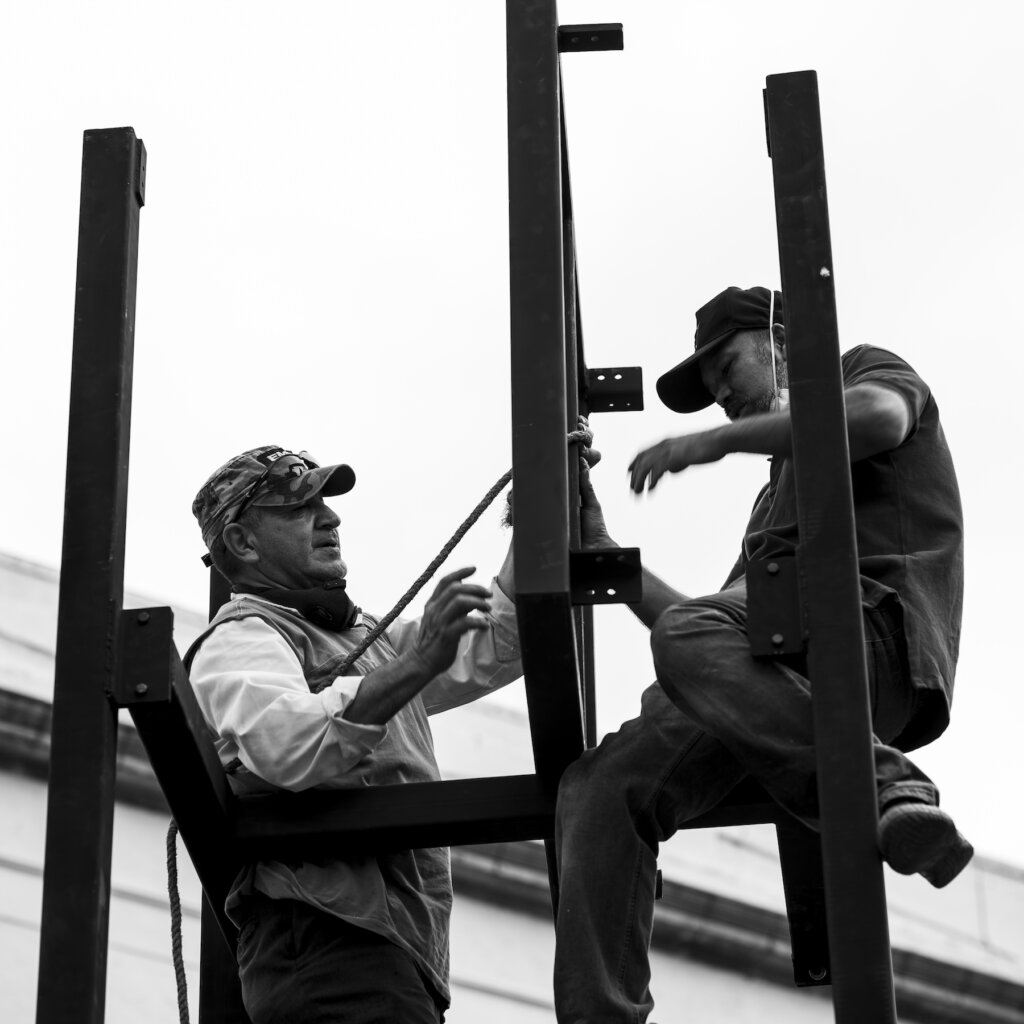
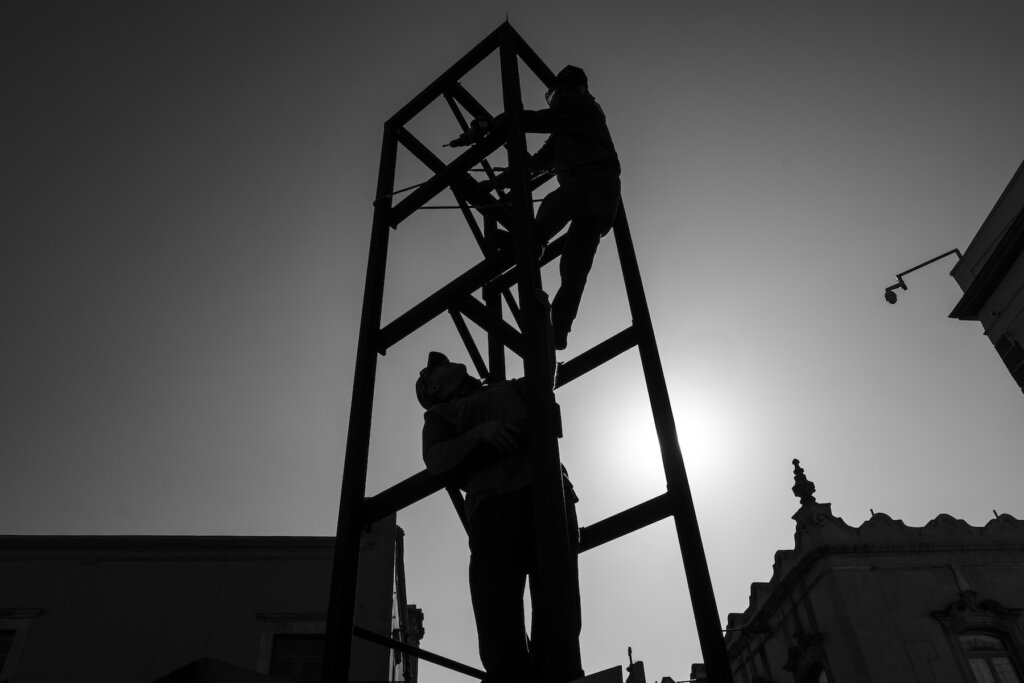
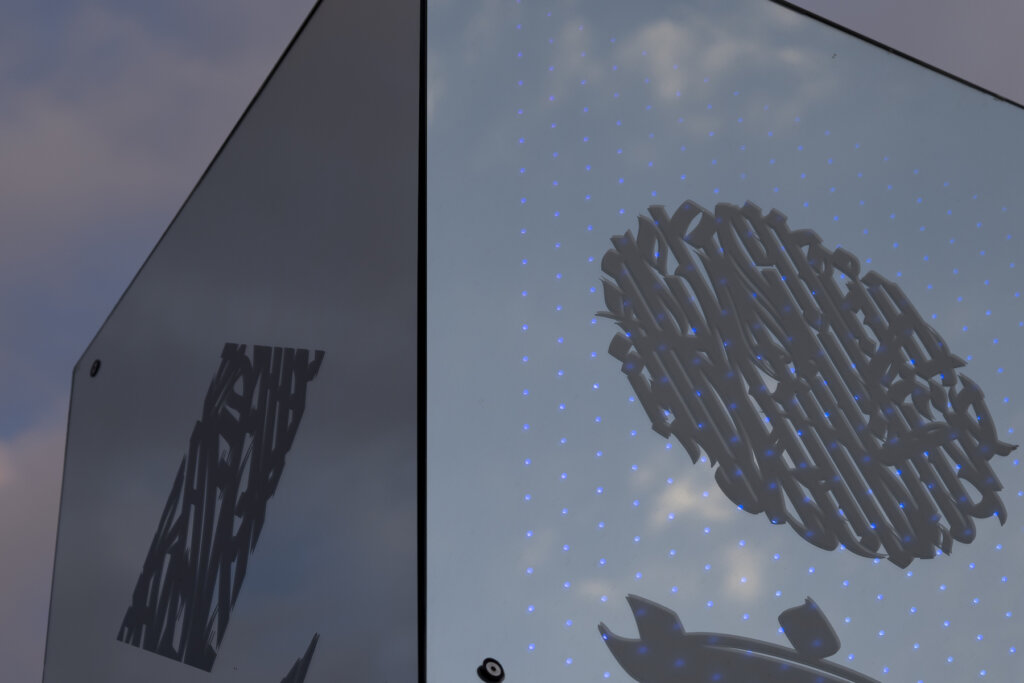
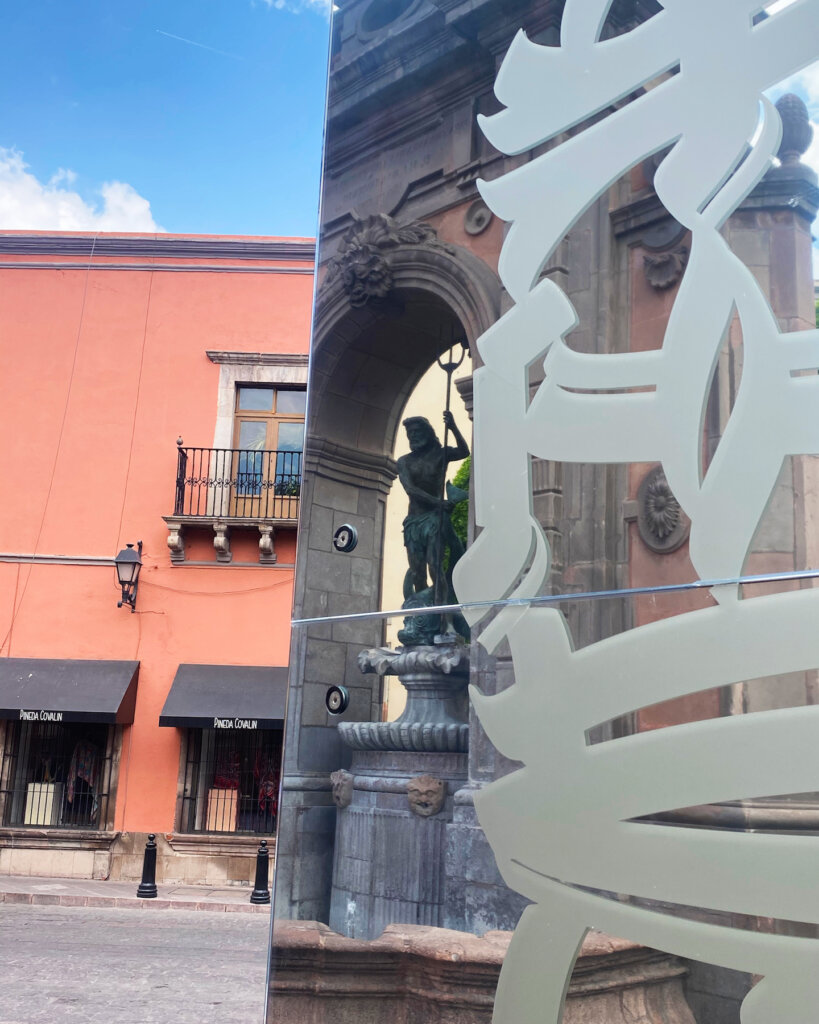
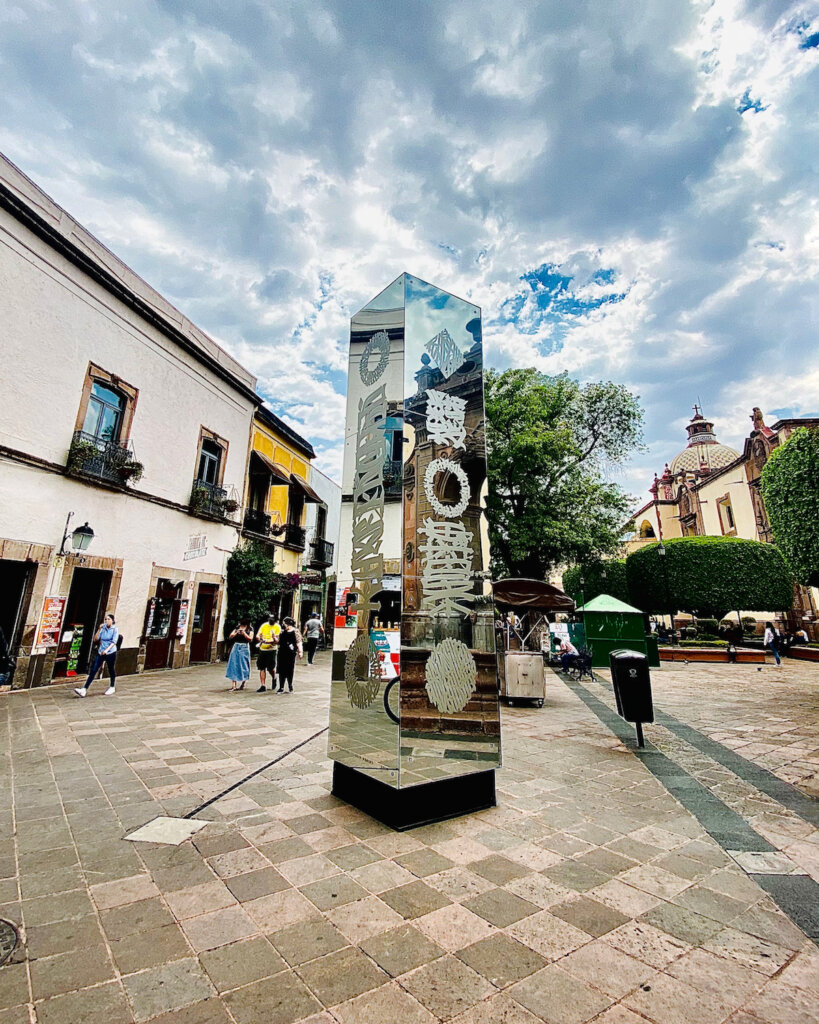
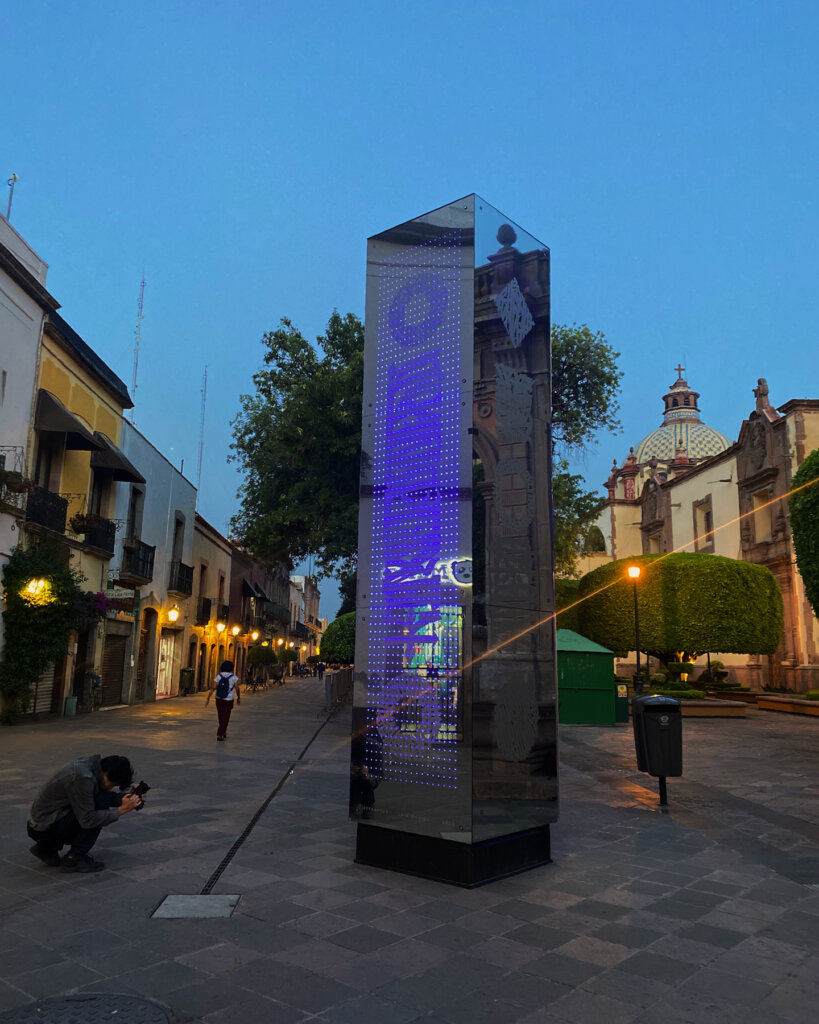
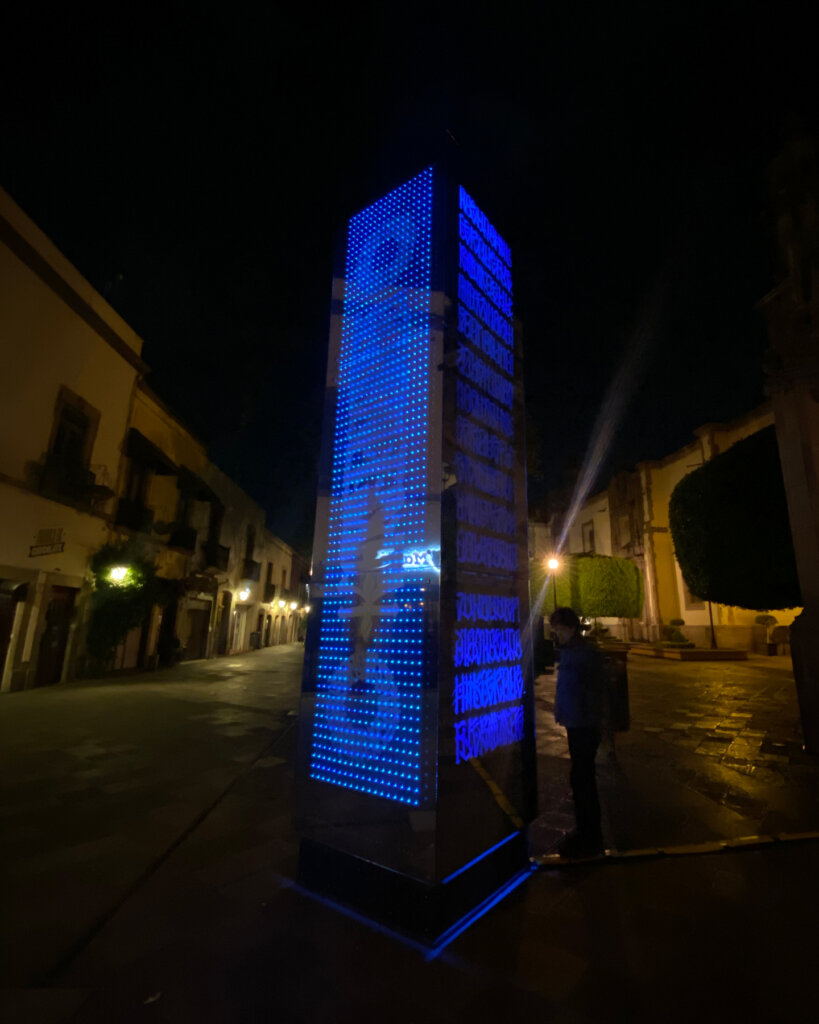
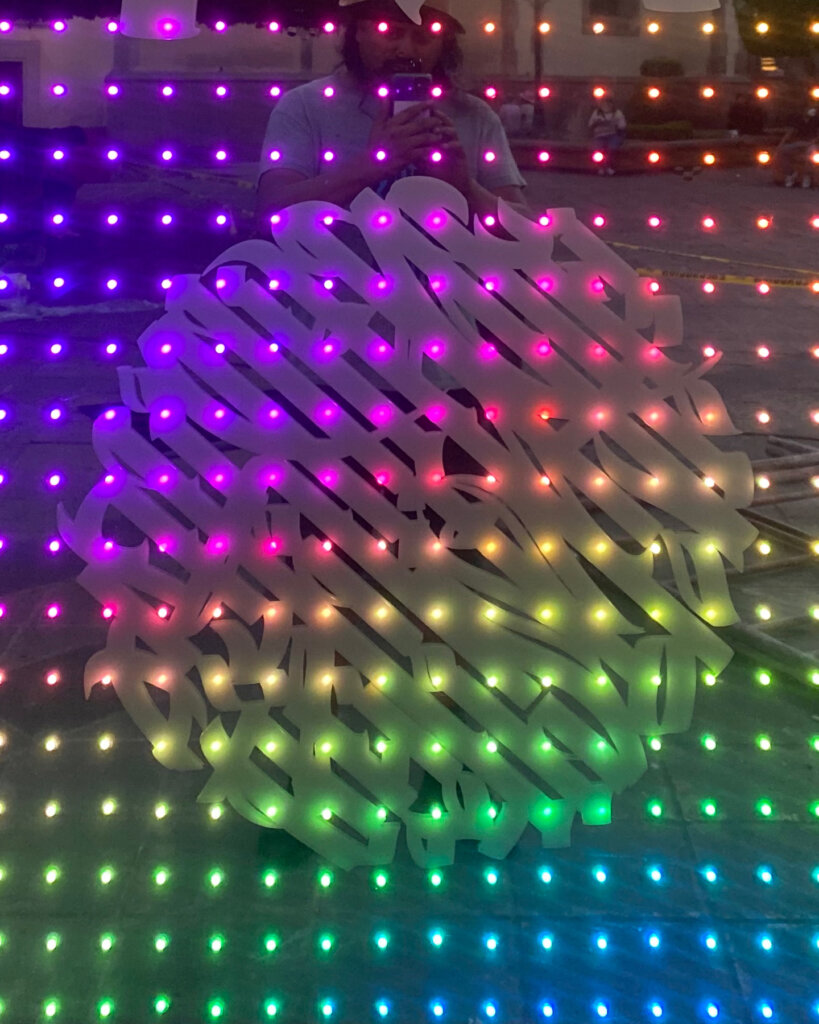
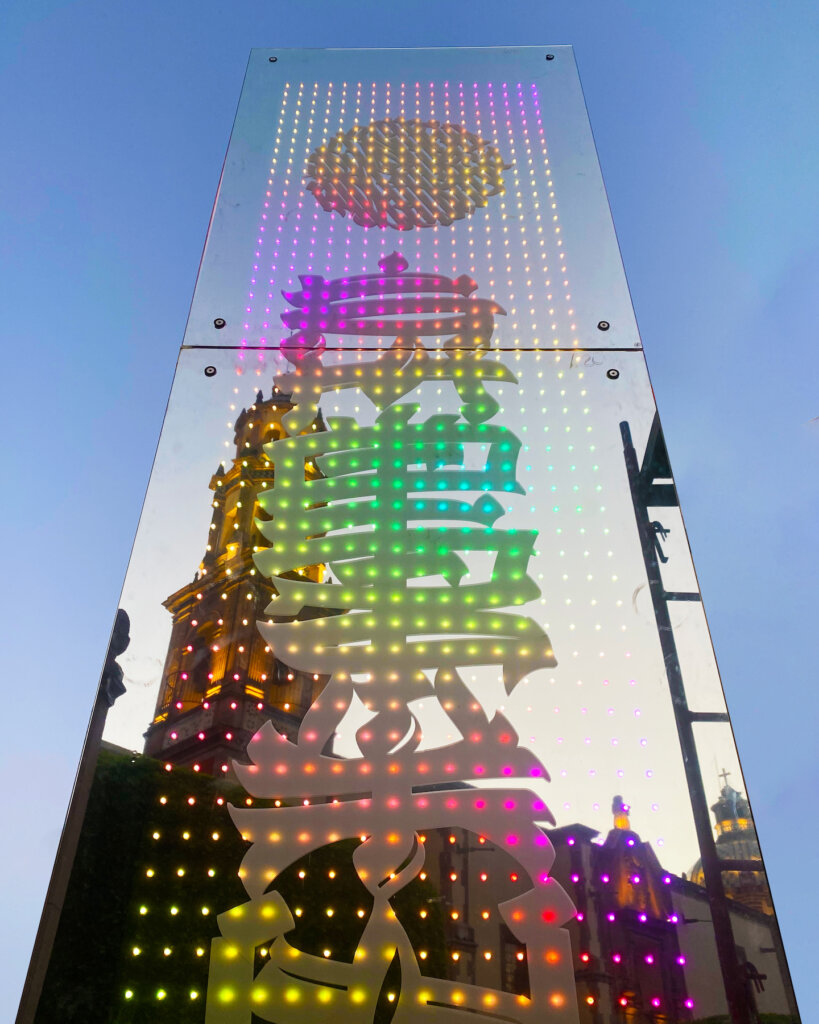
Keine Kommentare:
Kommentar veröffentlichen